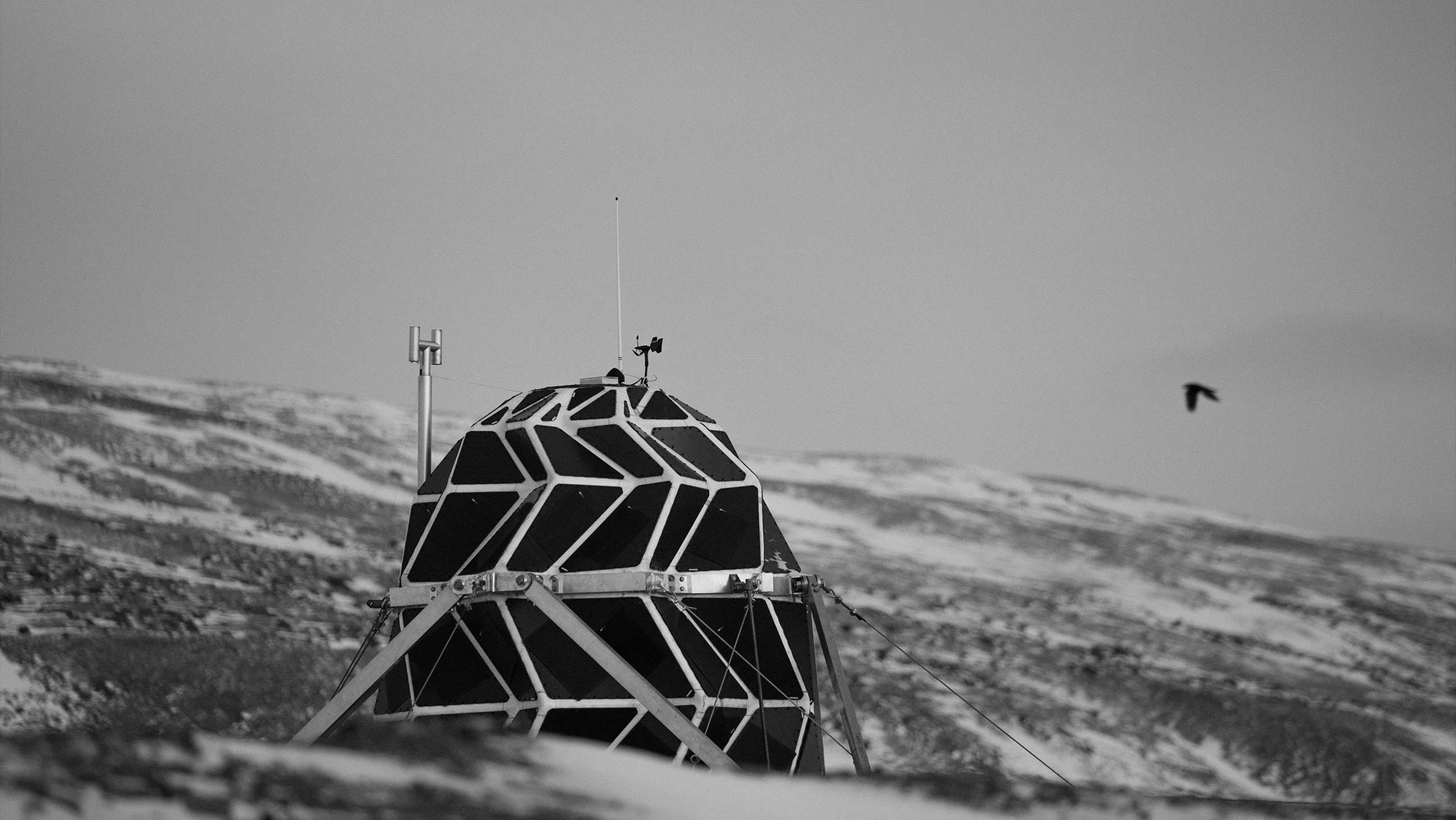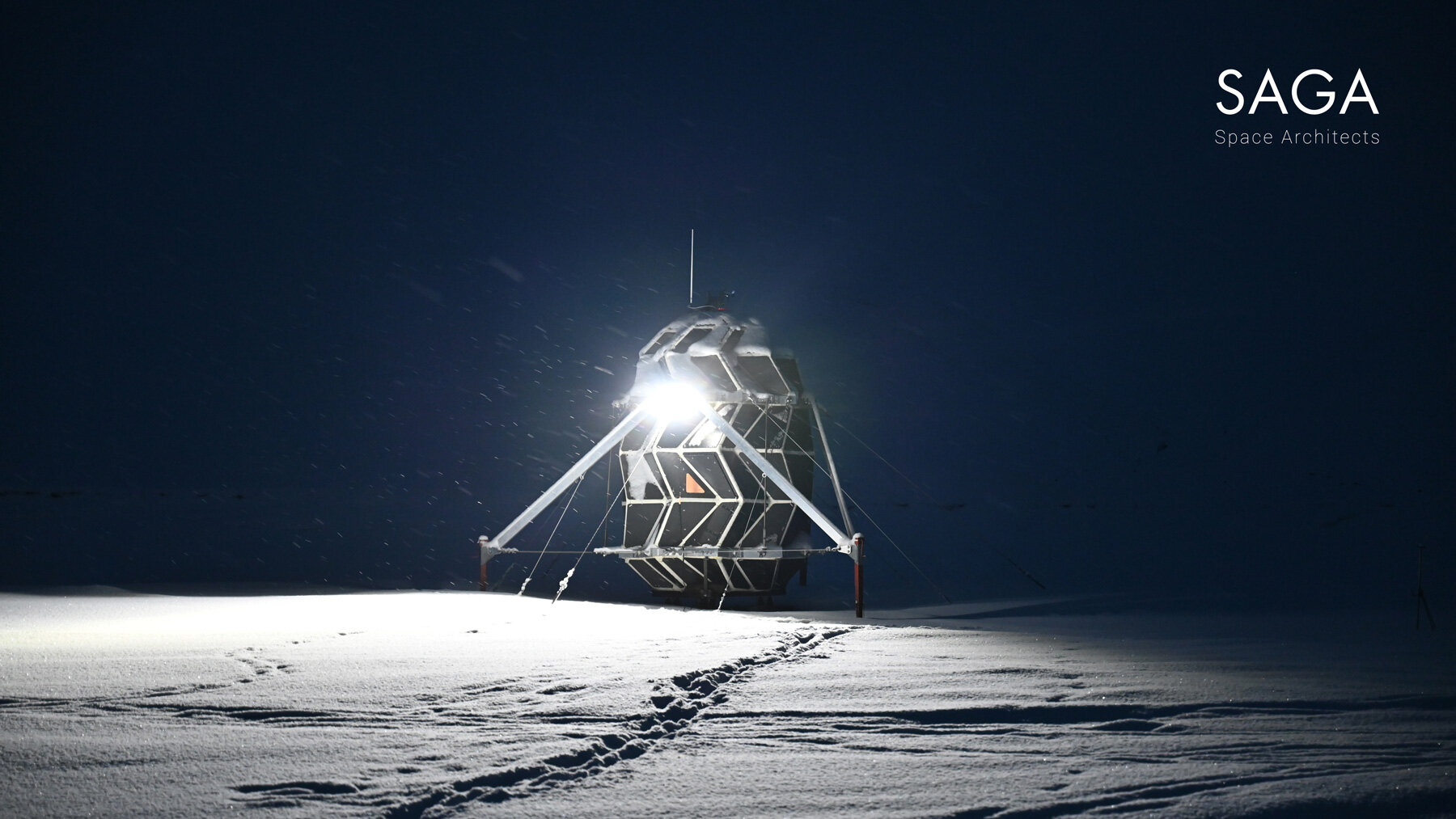

The two architects, Sebastian Aristotelis and Karl-Johan Sørensen, then went on a two-month mission to experience extreme isolation in northern Greenland where they tested LUNARK and its technologies themselves for future moon missions while enduring -30°c, hurricane winds, and hungry polar bears! We wanted to create a home, not a survival machine – and the habitat really ended up feeling like home,” adds Aristotelis.Įarlier in 2020, SAGA developed a prototype for LUNARK using the principles of Japanese origami folding with biomimicry. So we needed a much more pleasant living environment.
LUNARK HABITAT PROFESSIONAL
We are not trained professional astronauts, our tolerance is much lower. Furthermore, the interior design and spatial organization worked well. The unfolding was possible by just two people and no heavy machinery – and in the extreme cold of the arctic. “The habitat worked beyond all expectations. The main principle behind LUNARK is its expanding volume, as the structure expands 750% after transport while testing it was a great success as it was easy to unfold and strong enough to withstand the extreme environment.
LUNARK HABITAT SOFTWARE
LUNARK also has a series of in-built digital software systems, including a weather simulator to help break up the day-to-day monotony, and an algae reactor, to nurture and monitor a source of nutrition. Inside the unfolding pod, there is space for a 3D printer (for printing spare parts if needed), stowage for batteries and water, and a living algae farm. It aspires to be a zero-waste shelter, leaving as little impact as possible on the environment. It is powered by a 1000 Ah solar-powered battery. With an inner volume of 17.2 sqm, LUNARK is designed to shelter two people at once. It is designed to counteract monotony, claustrophobia, and psychological stress. Inside, solar-powered circadian panels mimic the light cycles on Earth, aiming to improve astronauts’ sleep patterns and general well-being. Starting from the size of a small car, the carbon fiber shell can unfold to 750 times its size.

The panels are connected by a white foldable composite rubber and the main load-bearing structure is an aluminum frame. Carbon fiber is ideal because it’s lightweight – which is crucial for transport and unfolding – yet strong. The carbon-fiber structure’s sandwiched panels with a foam core for extra insulation.

The main exterior of the habitat is made from a black glossy carbon fiber shell. Its exterior is tough as a tank while its interior is a cozy home with a sense of Nordic “hygge”. It unfolds from a tight bud to a large ovoid shape with a rigid carbon fiber shell. LUNARK’s form was inspired by the patterns seen in a budding leaf as it unfolds and origami. The LUNARK habitat shows what can happen when the architect steps back and allows the extreme environment on the Moon and the high arctic to mold a habitat around human beings. SAGA has one mission – make outer space a little cozier for future human inhabitants.

SAGA is a Danish architecture studio that designed LUNARK which is a modular shelter that expands and becomes 750 times its original size! It was crucial to design a structure that would be easily transportable (to the moon!), have a zero-waste ecosystem, and could withstand arctic temperatures and meteor showers – LUNARK does it all, in fact, it was taken out on a test run in Greeland by the architects themselves! Studying space exploration is a side hobby of mine so this extreme-weather resistant origami moon habitat is one of my dream homes.


 0 kommentar(er)
0 kommentar(er)
